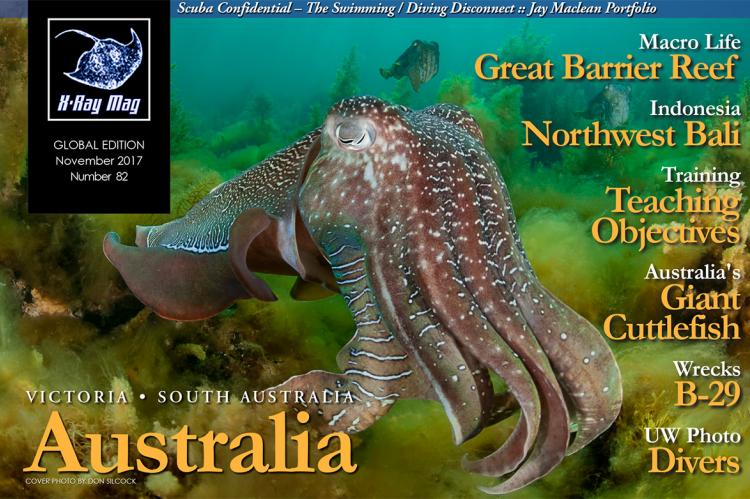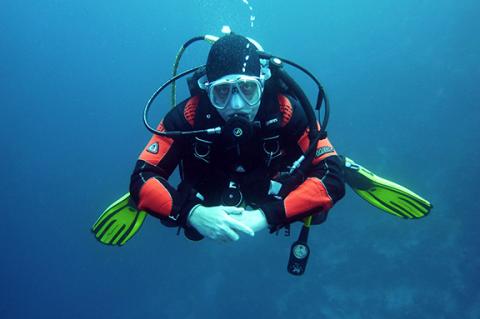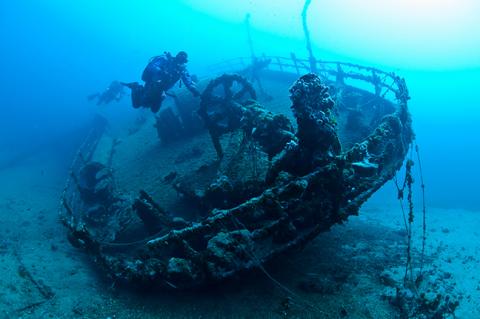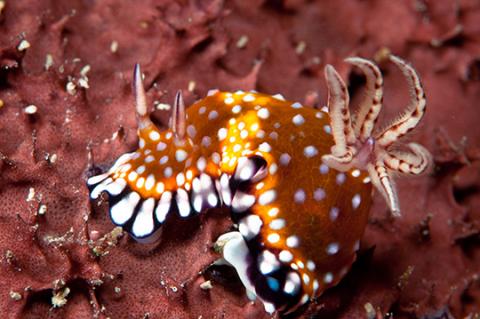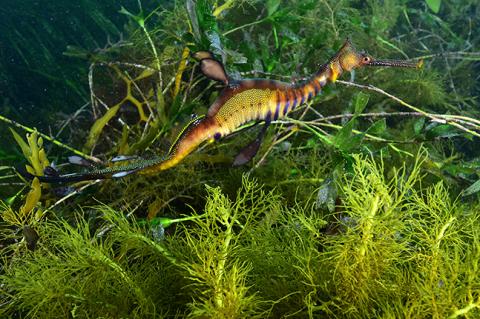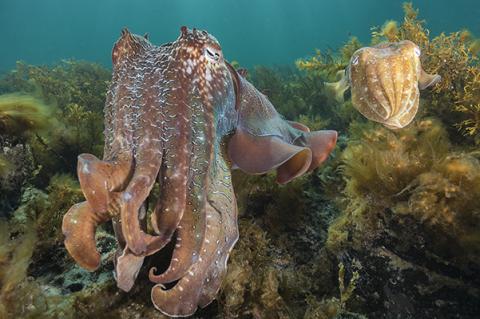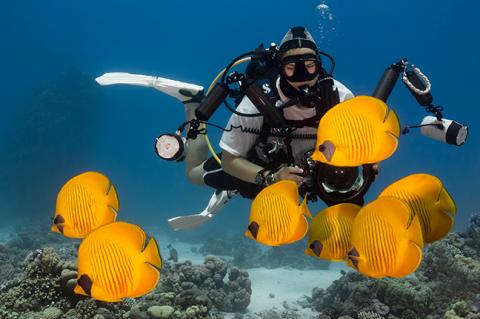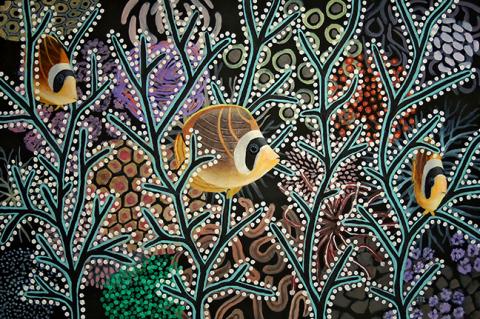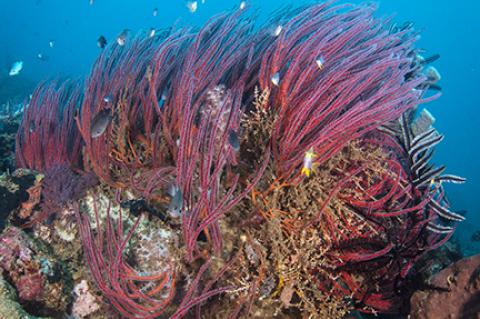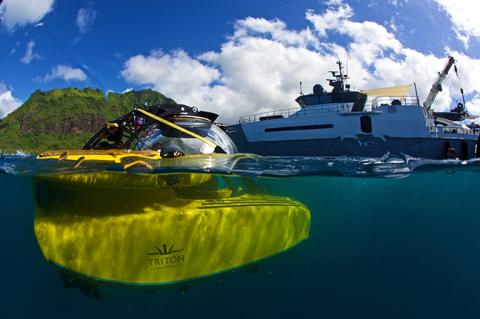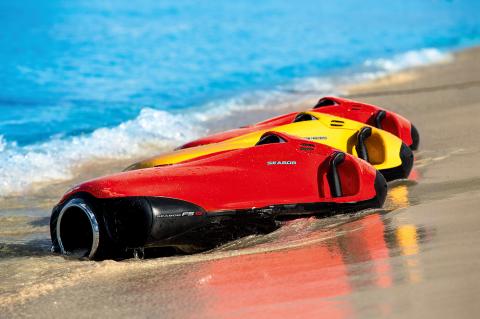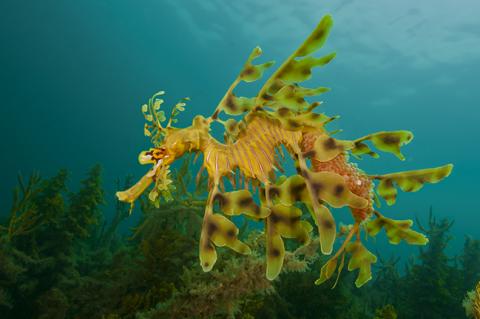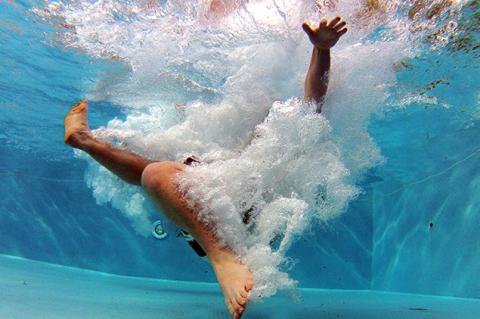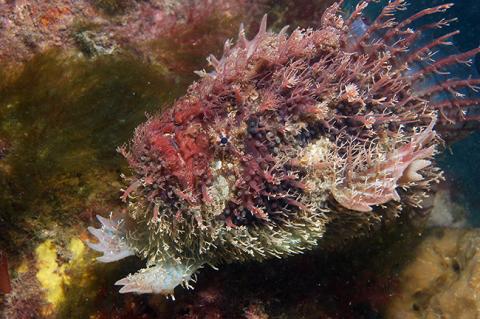X-Ray Mag #82
Main features in this issue include:
Achieving Our Teaching Objectives
Diving instruction has standards, qualifications, materials, governing bodies and best practices. So why do we see such poor examples of diving practice? Why do so many new divers struggle with the basic skills? Why do tech divers forget some key techniques? Is it poor instruction or something else?
Why are students not learning this stuff in their scuba classes? The reality is that instructors do teach it, but the students are not learning it, or at least they are not putting what is taught into practice.
Analysis and Reflection as Learning Tools
In my time, I have been head coach and assistant coach to pro, semi-pro and national league rugby teams as well as the Irish women's team. I have been a sports psychologist and an advisor on performance and setting performance environments in rugby, golf, motorcycle racing, rally driving and many other professional and Olympic sports. I am now a technical diving instructor as well. Why the mini-CV?
If you can meet with Triumph and Disaster
And treat those two impostors just the same...
Yours is the world and everything that's in it...
— excerpts from the poem, "If", by Rudyard Kipling
Australia: The Little Life on the Great Barrier Reef
There is nothing small about the Great Barrier Reef. It is not only the largest coral reef system on Earth, but probably the most well-known. You would be hard-pressed to find divers who do not have it on their dive wish lists. It is Earth’s largest living structure and reaches over 2,300km (1,400 miles) down the coast of Queensland, Australia.
Love and respect for this massive reef system goes back many years (possibly with the exception of Captain James Cook, who found himself run aground on it). It has been a marine park since 1975 and is a UNESCO World Heritage Site.
Australia: Victoria's Secret
“You can dive in Melbourne?” was the baffled response from a Queensland hotel concierge upon telling her I was heading to Victoria to dive. And this was from an Australian who WAS a diver! When overseas visitors think of Australia, the Great Barrier Reef immediately comes to mind. However, Australian diving is not just about coral. Along the continent’s southern coast is an undersea world far removed from the tropics.
Although a long-time tropical diver, trips to the Great Lakes, South Africa and Denmark have triggered my interest in temperate diving. Seeing new environments and species have amped up my enthusiasm, especially with regards to photography.
Diving the B-29 Bomber
After World War II ended, the Superfortress airplanes known as the B-29 took on many new jobs. No longer needed as bombers, many of these bombers were converted into specialized aircraft, performing the tasks of in-flight refueling stations, weather research and reconnaissance.
Captain Robert Madison and his four crew members flew the Superfortress 270 miles east to Lake Mead. Once there, the pilot repeatedly climbed to altitudes as great as 35,000ft and immediately plunged back down to the lake’s surface before leveling out at a 100-300ft elevation.
Giant Australian Cuttlefish
The giant Australian cuttlefish (Sepia apama) is the largest cuttlefish in the world, reaching up to half a metre in total length and weighing in at around 11kg. Solitary animals, they are found all along the coastline of the southern half of Australia—from Central Queensland on the eastern coast, right around the bottom of the continent and up to Ningaloo Reef in Western Australia.
Incredibly photogenic creatures, they have a fascinating ability to rapidly change their colour and skin texture, an ability which they use to great effect as camouflage when they are hunting or being hunted, to communicate with other cuttlefish and as part of the amazing displays they use to imp
How to Take Really Great Photos of Divers
By adding divers to our underwater photos, we are able to bring about a sense of exploration, highlight a focal point and provide a sense of scale to the scene, especially in wide angle reef and shipwreck photography.
Over the years, I have learned a number of tricks that have helped me to take better photos of divers. You might want to give them a try on your next dive.
Jay Maclean Portfolio
With a background in marine fisheries biology, Australian artist and diver Jay Maclean, who is based in the Philippines, creates brilliant paintings of stunning underwater scenes using unique angles and artistic techniques. X-Ray Mag interviewed the artist to find out more about his artwork, insights and creative process.
"Surely we must care for the wondrous beauty and diversity of life in the other 70 percent of our planet, particularly in tropical seas where marine life is at its most prolific and colorful, for our children and their children to witness." — Jay Maclean
Northwest Bali: Underwater Gods & Conservation
Rarely do you come across someone who has a negative opinion about Bali. More often than not, you will find previous visitors raving about Bali as magical, some suggest it is spiritual, and others find it relaxing, or even full of adventure. It is a place I have come to love and enjoy returning too often.
After braving a few days among the masses in these areas, I headed northwest. The hair-raising, four-and-a-half-hour drive up and around two volcanoes showed me one reason why not many people make the trek this far from the airport.
Project Baseline: Facilitating Needed Underwater Science
Project Baseline’s team conducted over 100 video transects of coral reef and benthic habitats of the Great Astrolabe Reef in Fiji, one of the largest barrier reefs in the world, to compile baseline reports in order to effectively monitor the health of the reef.
Having completed two high-profile collaborative research projects in 2016—one with the National Oceanic and Atmospheric Administration (NOAA) documenting the U-576 WWII German submarine at a depth of 721ft (220m) off North Carolina along the US East Coast, and the other working with the Nekton Ox
Taking the Seabob for a Spin
The SEABOB is a luxury seatoy designed for “fun in the sun.” Corporate divers or technical divers are not invited to this party—unless they are vacationing, of course. No, this is a unit for scuba divers, free-divers or snorkelers, and meant to be purely recreational.
The SEABOB is a luxury seatoy designed for “fun in the sun.” Corporate divers or technical divers are not invited to this party—unless they are vacationing, of course. No, this is a unit for scuba divers, free-divers or snorkelers, and meant to be purely recreational.
The Incredible Australian Leafy Seadragon
Australia, the great brown land down under, is home to many iconic and often strange-looking creatures, both above and below the water. But few are as unique and visually spectacular as the leafy seadragon!
Known colloquially as “leafies”, they are also known by the common name Glauert's seadragon. Leafy seadragons are endemic to the southern and western coasts of Australia, but are particularly synonymous with South Australia, where they have been adopted as the state’s marine emblem.
The Swimming / Diving Disconnect
You must walk before you can run, so why do so few dive centres teach people how to swim before they learn to dive?
Something I try to do in my series of scuba books is identify and discuss disconnects between expectations and reality in scuba diving today.
The Unique Marine Life of Southern Australia
Most divers heading to Australia make a beeline straight to the Great Barrier Reef. And while this wonder of the world has some amazing dive sites and marine life (and is still very much alive, contrary to claims in the media), it does not have many species that are uniquely Australian, as most of its tropical species are common throughout the Indo-Pacific region.
Australia’s temperate waters are found in an area from Sydney to Perth. This region encapsulates southern New South Wales, Victoria, Tasmania, South Australia and southern Western Australia and has numerous dive shops and charter boats taking divers to the best local sites.


